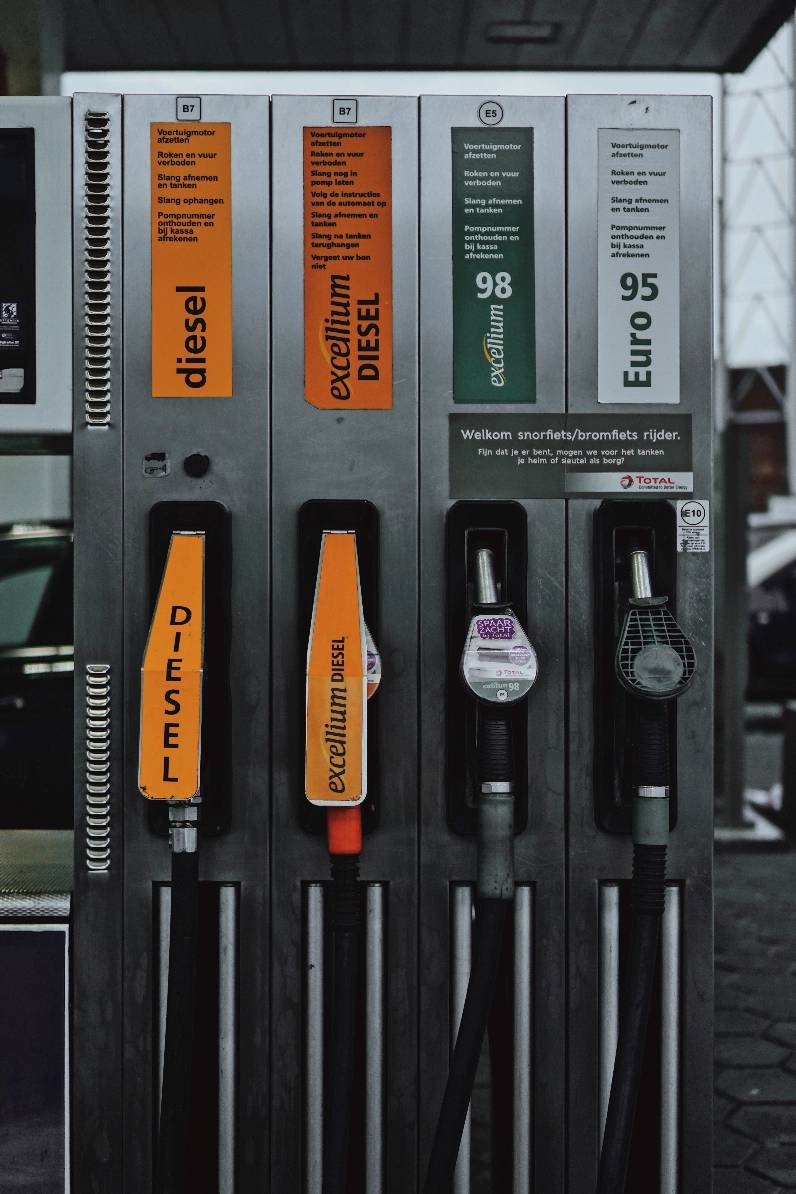
Experienced fleet managers understand that good driving habits benefit the company, and driver training strategies are an effective way to promote better driving. The importance of driver training in maintaining fleet safety plays a vital role in upholding fleet safety. Proactive driver training strategies and ensuring training needs are met are essential parts of good fleet management to support the health and safety program.
Poor driving habits are linked to or are contributors to the majority of collisions and other vehicle accidents. In addition to increased costs for property, vehicle and equipment repairs, and increased insurance and fines, unsafe habits also increase the likelihood of injury to drivers and third parties.

Fleet maintenance for safer vehicles, vehicle inspections, safe vehicle technology like collision prevention alerts, and other such initiatives are excellent for helping guide your company to its goal of a safe fleet.
However, unsafe driving behaviours remain a critical issue to address, and needs to be included in your fleet safety program. Driver training, and, where necessary, remedial training programs, are a necessary solution. However, the training program needs to be effective, and carefully designed to address the unsafe behaviours and issues that are occurring within your operations.
Transport Canada states that driver behaviours like speed and aggressive driving are key contributing factors for safety on Canadian roads, and the same is true for drivers crossing the border to the United States. It’s important that drivers who cross the border understand the rules of the road in both countries and are driving safely.
Better driving habits are associated with a significantly reduced risk of accidents, collisions, damages, and injuries. Just one incident is costly, both in terms of the human impact and company financial impacts. A zero-injury goal should always be the aim of companies, as the right thing to do, but there are significant financial impacts, too, that can affect the profitability of your company.
Increased WCB and other insurance rates after incidents, legal and other insurance fees, costs due to property damage and other expenses add up and reduce profit margins.
Senior management and fleet managers can also enjoy increased productivity, with reduced downtime for vehicle repairs and investigations into incidents. Vehicles, equipment, and drivers are not available for jobs, while the fleet manager and other employees have to spend time on additional administrative and investigation processes.
Establish clear organisational guidelines: Making your drivers undergo training will ensure that they are aware of their responsibilities, and expectations while they are on the road. These can include guidelines on vehicle health, prohibition of alcohol or drugs while driving, safety regulations, etc.
Lower insurance costs: Some insurance companies offer discounted rates for organisations that implement driver safety training and monitoring systems for their vehicles. Whether you have a small or large fleet, the savings will be substantial over time.
You'll also enjoy better morale, as drivers feel more cared for and valued, and this can impact your ability to hire and retain quality workers. It's important, too, not to underestimate the impact that incidents have on a company’s reputation. It can affect how willing customers are to use you, or how willing other companies are to work with you.
Investing in driver safety programs are cost effective compared to having to pay for the additional expenses associated with incidents. Plus, an effective fleet driver safety training strategy can increase morale, reputation, and productivity, for added benefits.

A first step is to assess what areas need training the most. A risk assessment, based on your operations, types of vehicles operated, common and serious incidents and near misses, and other data, will help identify potential gaps. A training program can then be designed to address training for new drivers, ongoing refresher training solutions, and remedial training for those drivers that need it.
After identifying training needs through comprehensive analysis, an effective training approach should be selected to leverage the benefits of training.
When you can't be in the cab, how can you assess driving behaviours to determine what training is needed, much less actually conduct the training? Data from accidents can provide some insights, but a greater wealth of data and more proactive data will help more. A driver who speeds excessively may not have had an accident yet, but it is likely only a matter of time. Working on bad habits sooner will reduce dangerous driving to prevent future incidents proactively. If you can monitor and track drivers to gain a full profile of drivers' skills and habits it will help in developing a more proactive approach.
With a telematics fleet management software system, as well as dash cams as part of a robust telematics driver safety program, data on unsafe behaviours can all be accurately monitored and tracked. This includes hard accelerating, harsh braking and cornering, speeding, and even cell phone use and distracted driving. The data can also be sorted by individual drivers, division, manager, or other meaningful metric.

Training workshops or group sessions are cheaper options to train several company drivers at once on the most common driving habit concerns, but these don't address individual issues and may not encourage active engagement.
Online solutions are popular because they are cheap, convenient, and easy to schedule, but aren't hands-on and training can be too passive to be effective.
On-road fleet driver training and driver coaching methods are highly effective because of the one-on-one impact. Ongoing coaching while drivers are working are excellent for reinforcing good behaviours consistently. Traditionally, on-road training involved too much time, so was too expensive to implement.
However, with telematics solutions, automated in-cab coaching now enables companies to offer this in a cost-effective way. Telematics data is collected in real time, and poor driver behaviours noted, triggering automated coaching.
At Connected Vehicles, we can help you implement telematics solutions to improve safety, from driver coaching systems, to preventive maintenance solutions for safer vehicles, and more.


